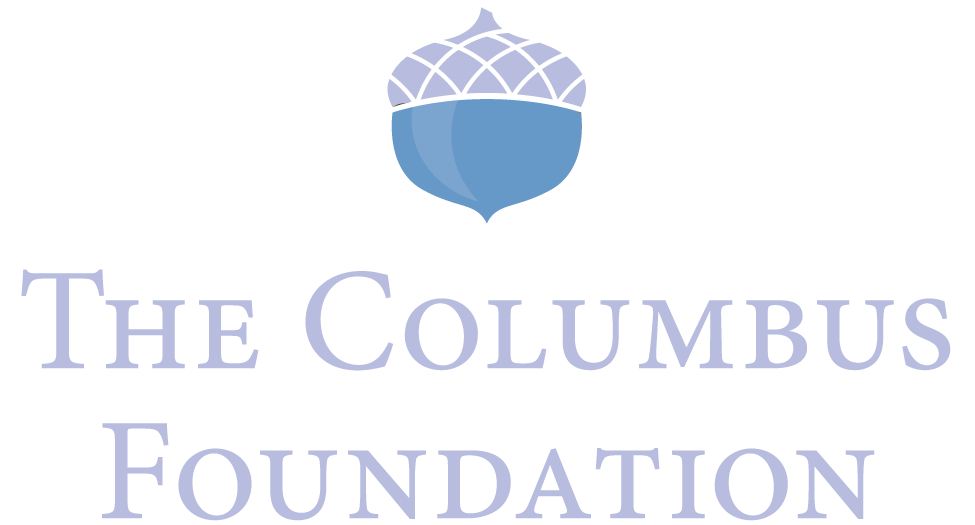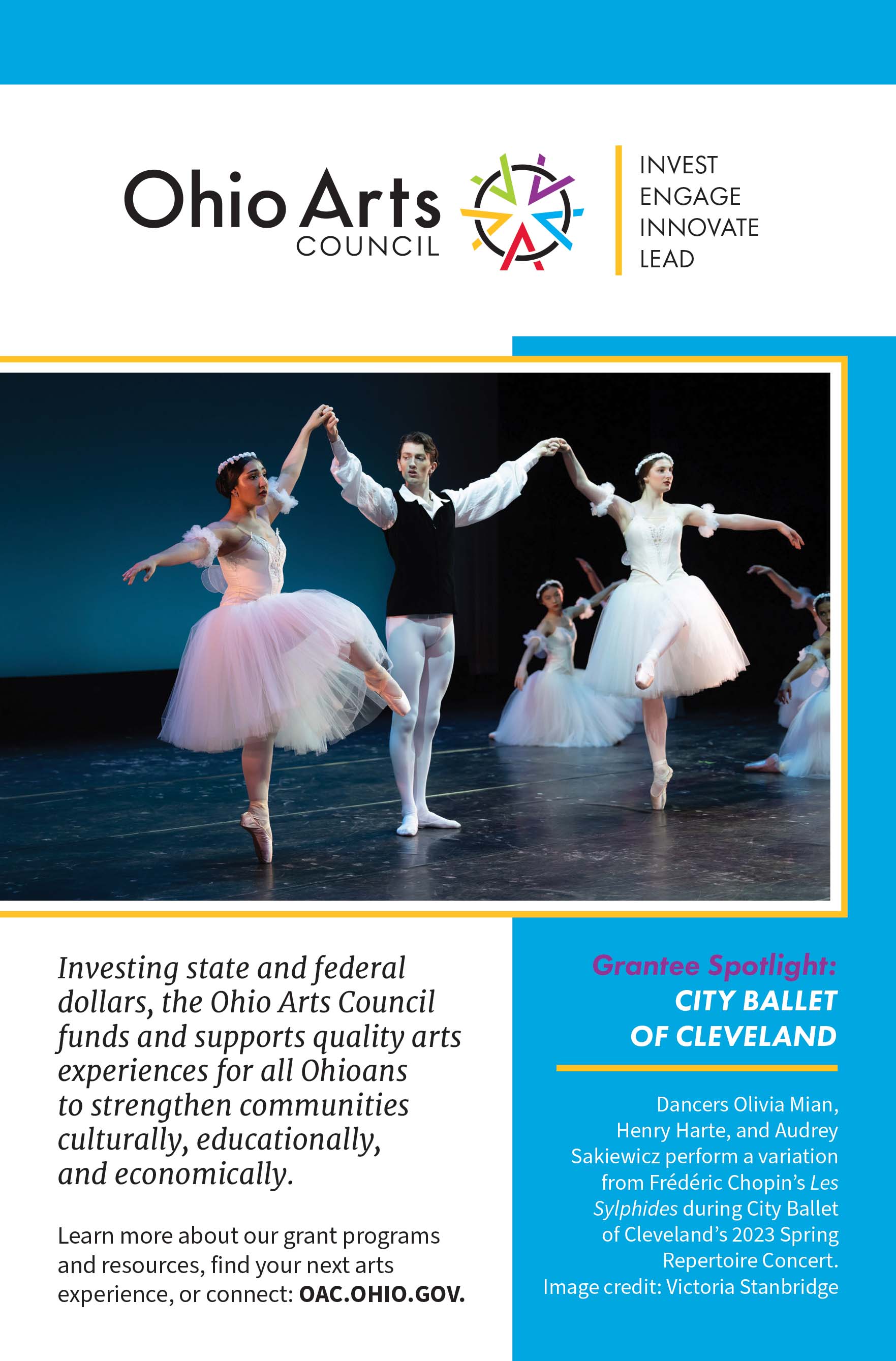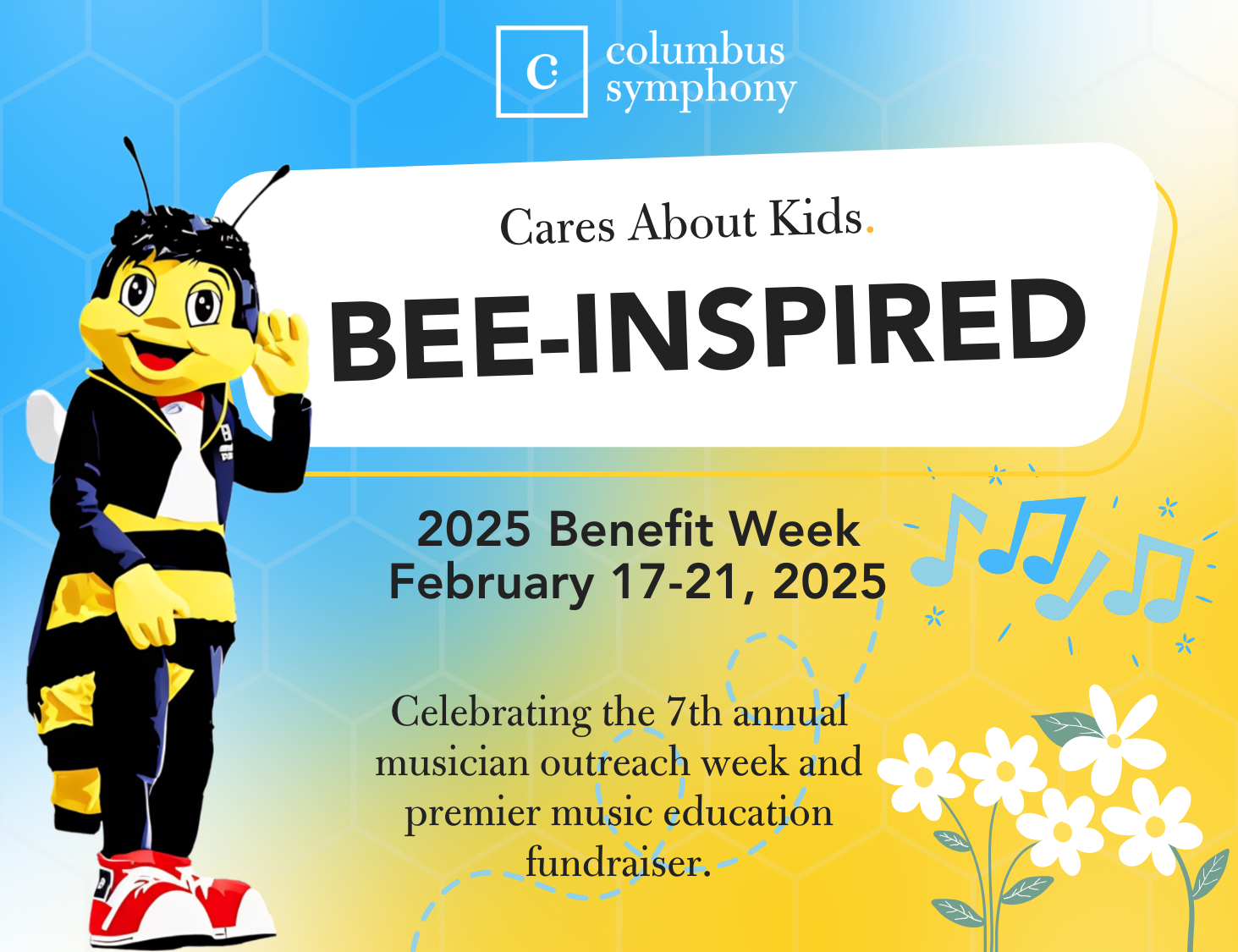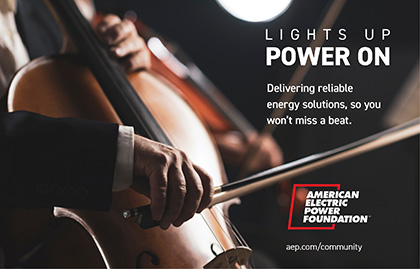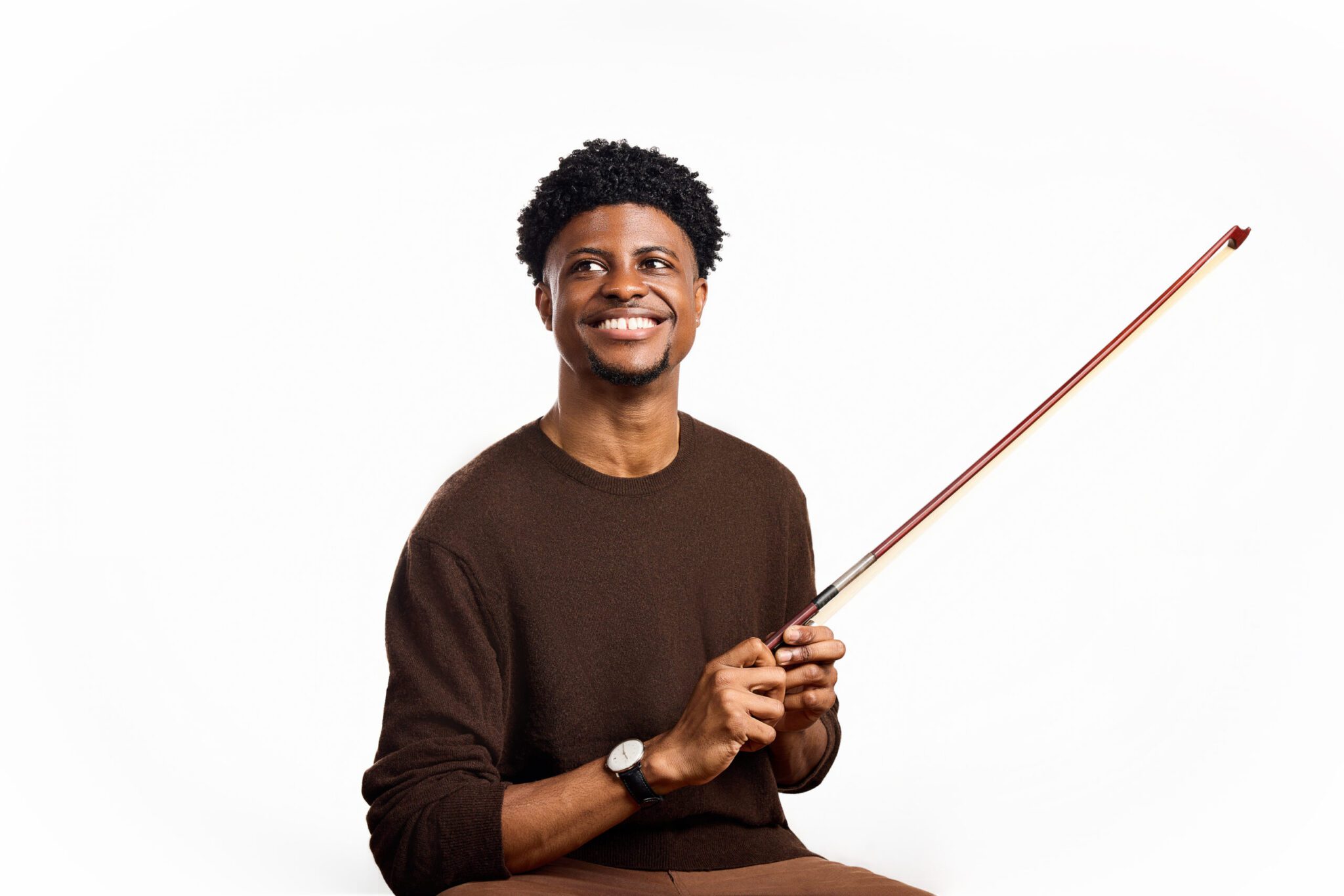

Friday, JANUARY 31, 2025, at 7:30PM
SATURDAY, FEBRUARY 1, 2025, at 7:30PM
Ohio Theatre
Beethoven's Eroica
Rossen Milanov, conductor
STERLING ELLIOTT, CELLO
• • • • • • • • • • • • • • • • • • • • • • • • • • • • • •
Corigliano | Phantasmagoria for Cello and Orchestra | |
--INTERMISSION-- | ||
Beethoven | Symphony No. 3 in E-Flat Major, Op. 55 (“Eroica”) | |
Operating Support Generously Provided by


VIOLIN | BASS FLUTE |
Phantasmagoria (2023)
by John Corigliano (b. New York, 1938)
John Corigliano has been at the forefront of the American music scene for over half a century. Widely performed and widely honored, he has been called a living legend.
Corigliano, who had not presented a major new piece in some years, presented a new incarnation of his Phantasmagoria in 2023, at the age of 85. This work had already existed in a version for cello and piano (1993, written for Yo-Yo Ma and Emanuel Ax) as well as for orchestra without soloist (2000). This new composition for cello and orchestra, based on both earlier forms, was commissioned for the young star cellist Sterling Elliott, who introduced it with the Orlando Philharmonic under Eric Jacobsen on January 13, 2024.
As Corigliano explained in his programnote to the cello-piano version, the musical material of Phantasmagoria is derived from his opera The Ghosts of Versailles, premiered at the Met to great acclaim in 1991.
The opera takes place on three different planes of reality: 1) the world of eternity, inhabited by the ghosts of Versailles (including the playwright Beaumarchais and Marie Antoinette), 2) the world of the stage, inhabited by the 18th-century characters created by Beaumarchais (Figaro, Susanna, the Count and Countess, et al.) and 3) the world of historic reality, primarily the reality of the French Revolution itself, populated by the characters of 1) and 2). Thus, The Ghosts of Versailles represents a journey from the most fantastic to the most realistic.
The architecture of the three-hour opera is mirrored in microcosm in Phantasmagoria, which begins with spectral ghost music and a melodic fragment from Marie Antoinette’s first aria that reappears throughout the work. Sliding harmonics and cluster chords create a liquid tableau behind this melody.
The world of the stage is highly stylized; as the characters would suggest, it is set in the world of 18th-century opera buffa. The next section of Phantasmagoria comprises parts of Figaro’s Act I aria and the many chase scenes that occur throughout the opera. Subliminal quotes from Mozart, Rossini, and even one from Wagner are interspersed with rhythmically eccentric passages of great virtuosity...
Throughout the work, the ghost music floats in and out, binding the other sections together. After the buffa reaches a climax (with, of all things, the Tristan chord), we arrive at a setting of the septet (Quintet and Miserere) from Act II. This highly lyrical ensemble is set in the Conciergerie prison and unitest he Almaviva family (the world of the stage) with Marie Antoinette (the world of the ghosts) in the very real French Revolution (the world of historic reality).
The end of the septet flows into the ghost music and Marie Antoinette’s melodic motto leads to a conclusion of liquid repose.
Symphony No. 3 in E-flat major, Op. 55 (“Eroica,” 1802-04)
by Ludwig van Beethoven (Bonn, 1770 – Vienna, 1827)
Beethoven’s Third Symphony represents a quantum leap within the composer’s oeuvre as it does in the history of music in general. The sheer size of the work—almost twice the length of the average 18th-century symphony—was a novelty, to say nothing of what amounted to a true revolution in musical technique and, even more importantly, in musical expression.
Music had never before expressed the idea of struggle in such a striking way. Beethoven's encroaching deafness is surely part of the reason why that idea took center stage in the composer's thinking at the time, and it is fair to assume that his physical affliction had more than a little to do with the spectacular change that Beethoven's style underwent in what would eventually be called his “heroic” period. Yet in the case of the Third Symphony, the personal crisis was compounded by the dramatic political events of the day, and in particular by Beethoven's ambivalent relationship with the leading political figure of era—Napoleon Bonaparte.
Beethoven was at the impressionable age of 19 when the French Revolution broke out, and his letters from the 1790s attest to his support of the republican cause. Like many intellectuals of his time, he was fascinated by the reforms Napoleon introduced as First Consul. At the same time, he despised tyranny in all its forms, and when Napoleon crowned himself Emperor, he felt that the ideals of the revolution had been betrayed. He had planned to dedicate his new symphony to Bonaparte, but, according to the well-known story, he flew into a wild rage when he heard the news of the coronation. He tore up the title page, replacing the dedication with a new inscription that was more impersonal but also more universal: Sinfonia Eroica, composta per festeggiare il Sovvenire di un grand Uomo, or “Heroic Symphony, composed to celebrate the memory of a great man.”
The Third Symphony proceeds from intense drama to the final victory. The opening Allegro con brio is Beethoven’s longest symphony movement aside from the finale of the Ninth. In it, some of the basic procedures of Classical sonata form (presentation and transformation of themes; traversal of various keys before a return to the initial tonality) are carried to a point where they take on an entirely new meaning: they become elements of a drama of unprecedented intensity. The themes are shorter than in most earlier symphonies and more open-ended, lending themselves particularly well to modifications of various sorts. It is by transforming, dismembering and reintegrating his motifs that Beethoven expresses the idea of struggle that is so unmistakably present throughout this movement.
The second movement bears the title Marcia funebre (“Funeral March”). The music begins softly and rises to a powerful, dramatic climax. After some extensive contrapuntal development in the middle of the movement, the main theme’s final return is interrupted by rests after every three or four notes, as if the violins were so overcome by grief that they could barely play the melody.
In the third and fourth movements, Beethoven managed to ease the feeling of tragedy without letting the tension subside. The third-movement Scherzo begins with two notes repeated in an undertone that evolve into a theme only gradually. In the somewhat more relaxed Trio, the three horns take center stage.
The main theme of the last movement appears in no fewer than four of Beethoven's compositions. We first hear it in a simple contra-dance for orchestra, then in the last movement of the ballet The Creatures of Prometheus (both in 1800-01), followed by the Variations for Piano, Op. 35 (1802), and lastly, in the Third Symphony. The elaborate set of variations in the “Eroica” finale are integrated into a single, continuous musical form. There is a minor-key variation with a distinct Hungarian flavor, and another one that turns the contra-dance theme into a slow aria. An enormous crescendo leads to the short Presto section that ends the symphony.
Peter Laki
